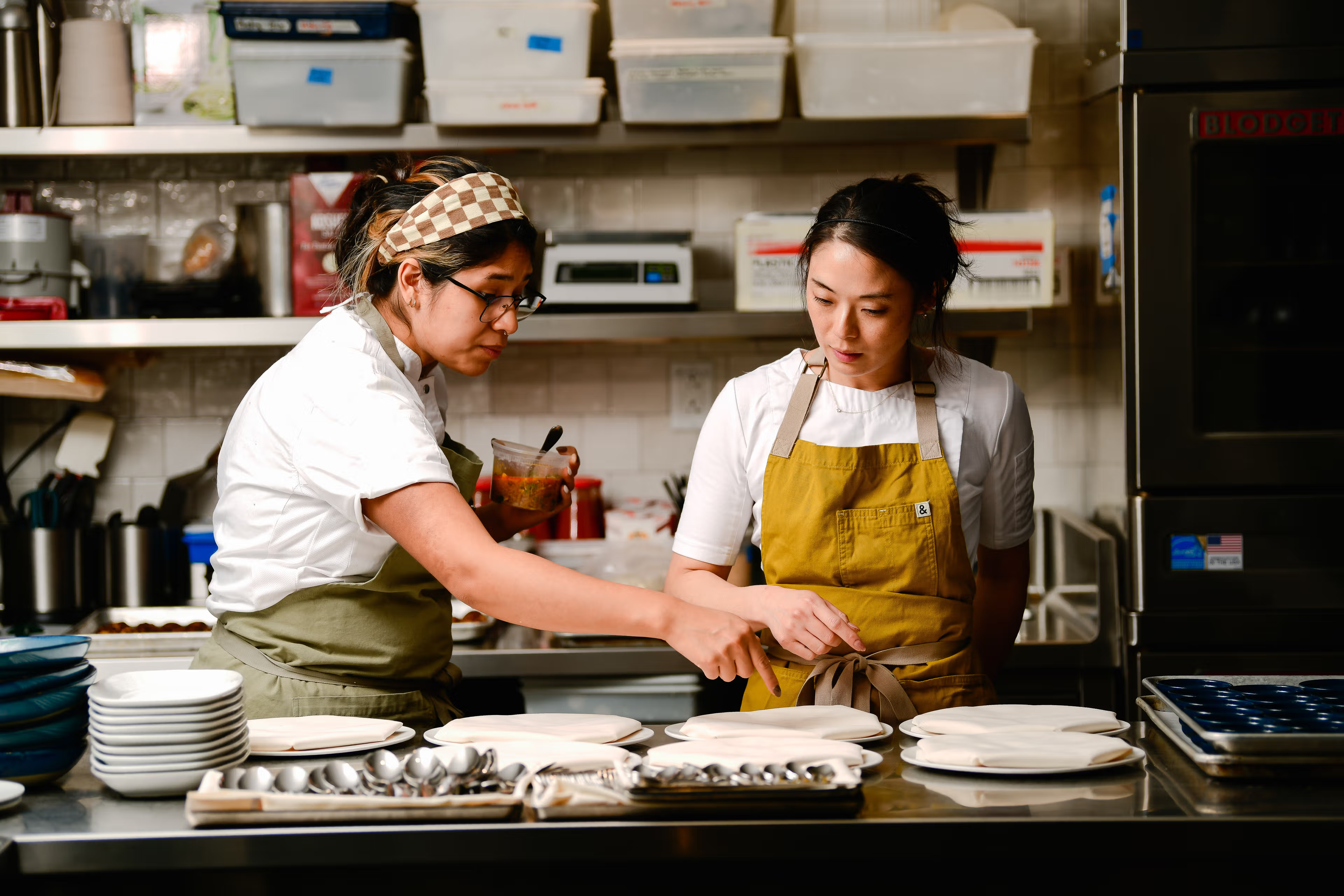
April 8th, 2025
In 2025, restaurant operators are navigating a landscape defined by razor‑thin margins—full‑service establishments average just 3–6% profit, while quick‑service outlets hover around 6–9%. At the same time, U.S. consumers are projected to spend over $1 trillion on dining out by year’s end, up 6.7% year‑to‑date, even as labor and food costs continue to climb.
Against this backdrop, precision in menu design, pricing psychology, inventory controls, and workforce management isn’t just advantageous – it’s essential. Below are eight targeted strategies that restaurant leaders can deploy in 2025 to protect their bottom line and turn marginal gains into meaningful profit.
What it is: Menu engineering classifies each dish by profitability and popularity, then uses placement and design cues to guide diners toward your most lucrative items.
Action Steps:
Calculate each menu item’s contribution margin (price minus cost) and sales volume.
Use boxes, callouts, and descriptive labels to highlight “Stars” (high‑profit, high‑popularity) and “Puzzles” (high‑profit, low‑popularity).
Test different layouts quarterly.
Why it works: Studies show menu engineering can boost restaurant profits by 10–15%; one casual‑dining chain saw per‑cover profits rise 12% in six months after a redesign
What it is: Price all dishes ending in “.95” to leverage the left‑digit effect – diners see $9.95 as closer to $9 than $10 – without cheapening your brand as “.99” can.
Case Study: A sports bar standardized to “.95” endings and captured an extra $25,000 in annual profit.
Supporting Example: Another venue switched from mixed endings (.00, .99, .95) to all “.95” and netted $6,000 more over three months – a roughly 8% margin lift on targeted items.
Why it works: Uniform “.95” pricing maintains perceived value better than “.99,” which can signal bargain‑basement quality .
The Challenge: About two‑thirds of restaurants lack any formal inventory process, opening the door to staff theft, supplier fraud, over‑portioning, and waste . The National Restaurant Association estimates 75% of shrinkage comes from employee theft alone.
Action Steps:
Set par levels and conduct weekly physical counts.
Deploy digital inventory systems that reconcile usage against sales.
Match all invoices to deliveries.
Impact: Proper controls can reduce food‑cost variances by up to 5%, saving tens of thousands annually for a mid‑sized restaurant
Insight: Inventory software tracks data, but managers must act on it. One chain saw no margin gains until managers began daily variance reviews and corrective coaching .
Best Practice: Hold weekly “cost‑control huddles” to analyze shrinkage reports, diagnose root causes (e.g., over‑portioning, theft), and assign accountability.
Problem: Without oversight, cooks can over‑portion by 10–20%, inflating food costs.
Action Steps:
Use standardized recipes with calibrated scoops or scales.
Conduct spot‑checks and ongoing training.
Implement waste tracking to log trimmings and spoilage.
Result: Strict portion control can cut food costs by 2–4%, translating to $10,000–$15,000 in annual savings per location .
Why it matters: Labor is 25–35% of restaurant revenue. Paper schedules often lead to overstaffing and costly overtime.
Digital Benefits:
Forecast labor needs from historical sales.
Automate shift swaps and time‑off.
Receive overtime alerts.
Case Study: A regional operator cut labor costs by 7% – about $50,000 per year – after adopting a cloud‑based scheduler .
Issue: Unverified punch data can leak thousands. One restaurant lost $50,000 in a year because no one audited punches .
Best Practices:
Weekly audits of clock‑in/out records.
Correct missed punches and unauthorized overtime.
Use biometric or PIN systems to prevent buddy‑punching.
Outcome: Accurate timekeeping can reduce payroll leakage by 3–5%, saving thousands per unit.
Why it’s critical: Even top tools fail without engaged staff.
Strategies:
Share real‑time dashboards showing food cost %, labor %, and waste.
Hold monthly margin reviews with the team.
Offer incentives tied to cost‑saving goals.
Long‑Term Impact: Restaurants that involve employees in financial targets see margin improvements 10–15% faster than those relying solely on top‑down directives.
In 2025, restaurants that blend data‑driven menu tactics, disciplined cost controls, and a proactive management culture will outpace competitors. By applying these eight strategies – each backed by measurable outcomes – operators can confidently protect and grow their margins, even as costs and consumer expectations rise.
Labor typically accounts for 25–35% of restaurant revenue, and manual scheduling often leads to overstaffing, costly overtime, and payroll leakage. Cloud‑based scheduling tools use historical sales data to forecast staffing needs, automate shift swaps and time‑off, and alert managers to overtime risks – helping operators cut labor costs by 7% (approximately $50,000 annually for a multi‑unit chain) . Additionally, weekly audits and adjustments of time‑clock punches – paired with biometric or PIN‑based systems to prevent buddy‑punching – can reduce payroll leakage by 3–5%, saving thousands per location.